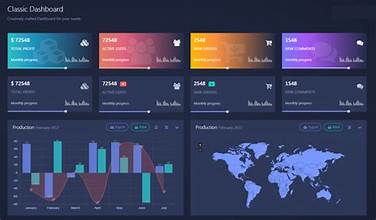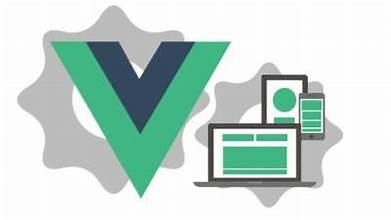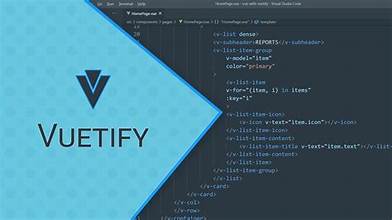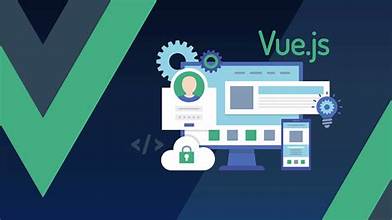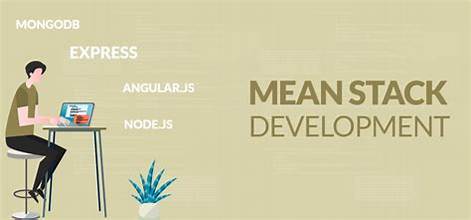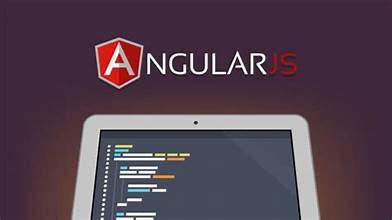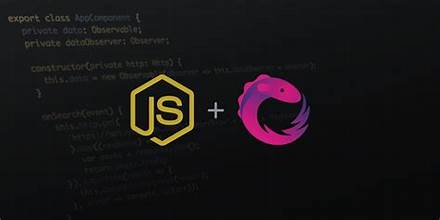Introduction
- Javascript and the world of frameworks
- Vue.js vs Angular
Overview of Vue JS
- Declarative rendering
- Component composition
- Hot-reloading
- Time-travel debugging
Crash Course in Javascript
- Syntax, data structures and operators, conditionals, etc.
- Creating a simple Javascript application using Javascript, HTML and CSS.
Getting Started Vue JS
- Setting up a development environment
- Installing Node.js and Vue.js
Creating Your First Application
- Working with Templates
- Methods and computed properties
- Routing
Interacting with the Application
- Directives and data rendering
- Applying transitions
- Managing state
Enhancing the Application
- Dividing the application into smaller, self-contained components
- Creating animations
- Refactoring components
Testing Your application
- Debugging and performance
Deploying Your Application
- Building the Application
- Uploading Your Code to a Web Server
- Automating the build process using Vue-CLI, etc.
Troubleshooting
Summary and Conclusion
Introduction
Overview of Vue JS
- Declarative rendering
- Component composition
- Hot-reloading
- Time-travel debugging
Setting up a development environment
Creating your first application
Working with Templates
Dividing the application into smaller, self-contained components
Methods and computed properties
Reactive programming
Directives and data rendering
Applying transitions
Routing
Managing state
Creating animations
Refactoring components
Server-side rendering
Supporting libraries and packages.
- Routing
- State management
- Build tooling
Testing your application
Debugging and performance
Embedding Vue.js into existing pages
Deploying your application to production Vue-CLI
Scaling your application
Closing remarks
Day 1:
.NET Core Overview
- Advantage and differences from the .Net Framework
Building .NET Core applications
- Installing the .NET Core SDK, Using the .NET CLI, Creating and executing .NET Core application
Build with .NET Core
- Frameworks, runtimes, and platforms, MSBuild fundamentals
Unit testing with xUnit
- Writing unit tests, facts and theories
Working with databases
- Relational, SQLite, Transforming data
Data access with ORM (object-relational mappers)
- Dapper vs Entity Framework Core
Creating a Microservice with ASP.NET Core
Debugging
Performance and Profiling
- xUnit.Performance, PerfView
Localizing your application
.NET Portability Analyzer
Preparing for release
- NuGet package, NuGet feed, Signing assemblies
Day 2:
ASP.NET Core Overview
Creating ASP.NET Core web application
Handling requests with the middleware pipeline
- Service static files, adding functionality, combining middleware, handling exceptions
Using MVC in ASP.NET Core
Mapping URLs
- Conventional routing, constraints and default values, Generating URLs
The Model Binding
Using Razor Views
Using Tag Helpers
Creating a Web API
- Attribute routing, Content negotiation, XML formatting
Configuring service with dependency injection
Configuring ASP.NET Core application
Querying, creating, and updating data using Entity Framework Core
Using MVC filter pipeline
Using the ASP.NET Core Identity system
Securing your application
Publishing, Hosting ASP.NET Core application in IIS
- Bundling and minification
Monitoring and troubleshooting
Day 3:
The Front‐End Developer Toolset Overview
Angular Concepts
- Creating the Project
- Creating the Data Model
- Creating a Web Service
Structuring an Angular Application
Creating the Angular Store
Using Angular with Blazor
Data binding & Directives
Services and Dependency Injection
Using Angular with ASP.NET MVC
Visual Studio Support for Angular
Bootstrap Concepts
- Bootstrap styles, Components
Managing Dependencies with NuGet and Bower
Building Application with Gulp and webpack
Creating Administration Features
Securing the Application
Deploying ASP.NET Core Angular application
- New Hosting Model, Installing on IIS, Azure, Docker Containers
Building ASP.NET CORE app outside of windows
Summary
Overview
Reactive programing is an asynchronous programing paradigm that focuses on data streams and the propagation of data by establishing a defined dependency between the underlying execution models and the emitted data streams from one component to another. RxJS is one of the most comprehensive reactive programing libraries for managing UI events, asynchronous HTTP requests, and other data streams.
In this instructor-led, live training, participants will become familiar with RxJS’s tools and functions as they apply them to a variety of coding problems associated with interactive-heavy based mobile and web apps. Participants will also learn how to create and deploy a UI heavy web app.
By the end of this training, participants will be able to:
- Understand the reactive programing paradigm and its usefulness for UI heavy application development.
- Build UI heavy applications with scalability, flexibility, and responsiveness in mind.
- Easily and freely create and manage a multitude of UI events, asynchronous HTTP requests, and other data streams.
Format of the Course
- Interactive lecture and discussion.
- Lots of exercises and practice.
- Hands-on implementation in a live-lab environment.
Course Customization Options
- To request a customized training for this course, please contact us to arrange.
Course Outline
To request a customized course outline for this training, please contact us.
